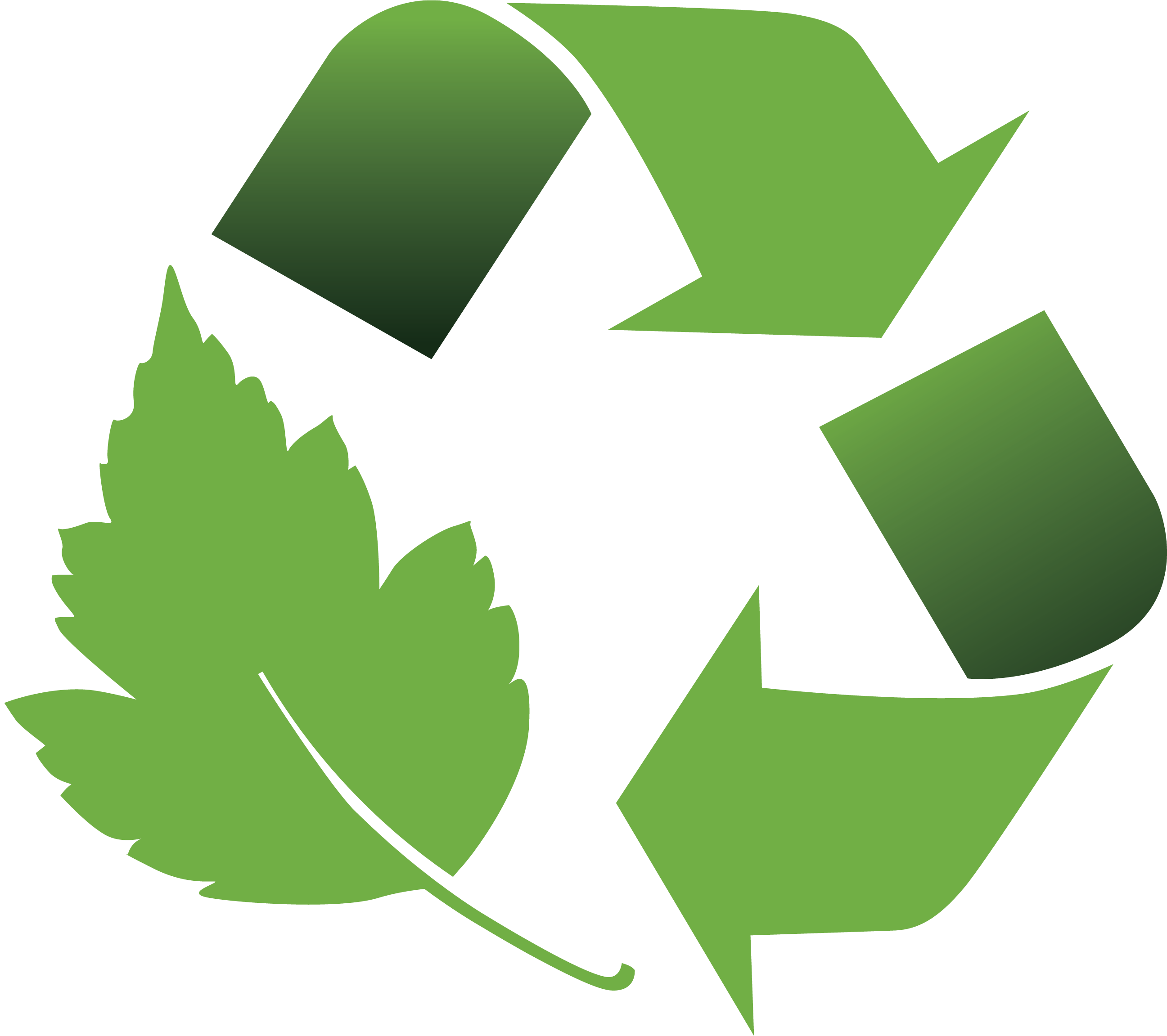Logistics in the Polluted World

The primary reason corrosion occurs is due to the presence of corrosive gases in the atmosphere. Hydrogen Sulfide (H2S), Sulfur Dioxide (SO2) and Ozone (O3) all penetrate the surface of silver and cause it to turn from silver to black.
The presence of corrosives at high levels effects far more than just the jewelry industry – especially in countries around the world. As the political emphasis on global climate change becomes more lax and regulations are loosened, companies doing business overseas are having more and more problems. Luckily, air quality control problems in the United States have gotten better over time.
Take a look at this graph, depicting SO2 levels nationwide from 1980 to 2016:

In other parts of the world, it’s a different story…
In China, Sulfur Dioxide (SO2) - produced from the burning of fossil fuels and the smelting of mineral ores - has been rising at an alarming rate. This 2010 study found that “from 2000-2006, total SO2 emissions in China increased by 53% at an annual growth rate of 7.3%”. This chart helps to depict the health hazards and implications of SO2 based off their levels in the environment:
Health effects of respiratory exposure to sulphur dioxide
(Baxter, 2000; Nemery, 2001; NIOSH 1981; Wellburn, 1994)
|
Exposure limits (ppm) |
Health Effects |
|
1-5 |
Threshold for respiratory response in healthy individuals upon exercise or deep breathing |
|
3-5 |
Gas is easily noticeable. Fall in lung function at rest and increased airway resistance |
|
5 |
Increased airway resistance in healthy individuals |
|
6 |
Immediate irritation of eyes, nose and throat |
|
10 |
Worsening irritation of eyes, nose and throat |
|
10-15 |
Threshold of toxicity for prolonged exposure |
|
20+ |
Paralysis or death occurs after extended exposure |
|
150 |
Maximum concentration that can be withstood for a few minutes by healthy individuals |
Take note: the above chart is using the increment ppm, or parts per million. As indicated in the chart, 150 ppm of Sulfur Dioxide stands as, “the maximum concentration that can be withstood for a few minutes by healthy individuals”.
This 2014 World Health Organization (WHO) report declared that, “air pollution is now the world’s single largest environmental health risk” with worldwide air pollution exposure “leading the cause of 1 in 8 total global deaths”.
There are some companies who claim their products successfully prevent corrosion by absorbing gases (like SO2) from the atmosphere before they reach the metal’s surface. But many of these products are made from ineffective materials.
The EPA national standard for S02 levels in the atmosphere is 75 ppb – that’s parts per billion. The 2014 average of S02 levels in the United States was 32 ppb. These levels are significantly lower than those in other countries. If your product contains precious metals that require protection – and if you’re shipping these products around the world – you must think about the types of atmospheres the product will encounter. Most developing countries environmental laws are exponentially more lax than the United States and just because your products fair well in storage here, doesn’t mean they’ll fair well overseas.




